Announcer:
The following program is a PBS Wisconsin original production.
Frederica Freyberg:
I’m Frederica Freyberg. This week on “Here & Now,” an alarming new coronavirus trend in Wisconsin. We talk with Health Secretary Andrea Palm. Also, new face mask rules in Madison along with frustration and uncertainty when trying to enforce COVID orders. Winnebago County Executive Mark Harris joins us. Plus racial justice in smaller towns across Wisconsin. Darrell Keaton of Wausau shares his perspective. It’s “Here & Now” for July 10.
Announcer:
Funding for “Here & Now” is provided by the Focus Fund for Journalism and Friends of PBS Wisconsin.
Frederica Freyberg:
An estimated 100,000 people ventured into the Wisconsin Dells during the 4th of July weekend even with coronavirus concerns. These are the crowds at Noah’s Ark Waterpark despite keeping attendance to 35% capacity. Guests were asked to wear masks inside the park but were not required to wear them. The number of COVID cases in Wisconsin now tops 33,000, with more than 800 deaths, and the rate of positive cases continues to rise. The upward surge has been steady since the Wisconsin Supreme Court struck down Wisconsin’s “safer at home” order. Governor Tony Evers this week said he would have considered imposing a face mask order to prevent further spread if he had the power to do so.
Tony Evers:
I know a lot of people have asked about issuing another “safer at home” order or requiring masks at the state level. Unfortunately, the reality is that the Supreme Court ruling in the Republican lawsuit really hamstrung our ability to respond to this pandemic.
Frederica Freyberg:
This week, Dane County and Madison became the first in the state to make it mandatory for face masks in public. The emergency order applies to everyone five years and older. It requires masks inside public places and inside private residences when people from more than one household are gathered. The face mask order starts Monday, July 13. Scientific evidence shows wearing a cloth face mask covering reduces the risk of COVID-19 infection.
Shelia Stubbs:
This is important. This is a very important next step that we need to do in order to reduce the numbers of cases that we have with COVID. As an African-American who’s standing here today who also serve and I have asthma, it is critical that we make sure we not only protect ourselves, but others that are so vulnerable.
Janel Heinrich:
It’s important for all of us, even people who feel healthy, to wear a mask, because people can be infectious up to two days before symptoms begin and people may be able to spread COVID-19 even if they never have symptoms.
Satya Rhodes-Conway:
We are seeing more community spread here in Madison. 33% of people tested in the last two weeks don’t know where they got sick. About 13% of people testing positive in the last two weeks have no symptoms.
Joe Parisi:
And we have to respond accordingly. If we adhere to public health guidelines, including wearing a mask, we greatly improve our odds of getting this virus back under control and keeping it at bay.
Frederica Freyberg:
At the same time, Milwaukee is working on implementing its own face mask requirement. Health secretary-designee Andrea Palm is helping manage the coronavirus response in Wisconsin, as we experience the biggest surge to date. And Andrea Palm joins us this week. Thanks very much for doing so.
Andrea Palm:
Thanks for having me.
Frederica Freyberg:
So reporting this week showed that Wisconsin’s COVID-19 reproduction rate is the worst in the nation. What should we make of that?
Andrea Palm:
So I think we — we have had the good fortune here in Wisconsin of watching, both now and when it first arrived here in the states, other states who have been sort of on the leading edge of this, and so I think as we see our reproduction number and our surge happening here in Wisconsin, we need to take note of what we’re seeing around the country and do what we need to do as a state to pull back together to stop the spread, to reduce our surge from becoming worse so that we don’t get ourselves in a place where we look like some of our neighboring and other states around the country.
Frederica Freyberg:
So our numbers have doubled in the past six weeks. What have contact tracers been able to show you and other public health officials about where those cases are coming from?
Andrea Palm:
So I think there’s a couple of things worth noting in the data we’re seeing from our contact tracers. One is what we’re seeing here and around the country is that there is a large uptick in our 20-somethings who are becoming infected with COVID-19. And then, secondly, our surge is also being driven by mass gatherings, by, you know, everything from BBQs and bars and restaurants and other types of events where people are not social distancing, not wearing masks and are in large groups that help reduce our ability to really do good contact tracing, get to the root of it and stop the spread.
Frederica Freyberg:
So mass gatherings like over the 4th of July, for example, where we saw large crowds in the Wisconsin Dells at the waterparks, when will any positive cases from last weekend’s kind of mass gatherings show up?
Andrea Palm:
You know, so as we’ve learned many things throughout this pandemic, one of the things we know about this virus is symptom onset is anywhere from a few days to 14 days, and so we certainly could start to see cases from mass gatherings that happened over the weekend, you know, late this week, but what I think is most important is that folks who were at mass gatherings should take the steps to protect themselves, to protect others, self-isolate, monitor for symptoms, get a test, talk to your health care provider if you have even the mildest symptoms. But make sure if you were at a gathering that you take the necessary steps to protect yourself and those in your community from the spread of COVID-19.
Frederica Freyberg:
Have we seen evidence that any of the mass gatherings by way of racial justice protests caused an increase in cases?
Andrea Palm:
So, as you know, one of the things you get in a contact tracing interview is information about where people have been. And so mass gatherings, as I mentioned, is a driver in our surge right now. But the bulk of what we’re seeing in our data is not from those who participated in protests, but in other types of mass gatherings, house parties, bars, restaurants, places where there wasn’t good social distancing and mask-wearing. But the protests particularly are not coming up in great numbers in the data we’re getting from contact tracers.
Frederica Freyberg:
As you well know, Governor Evers just imposed a mask mandate for state employees inside state buildings, and he will not reopen state buildings as planned. Would you, if you could, impose a mask mandate statewide?
Andrea Palm:
So I think the thing about masks, you know, there are a couple of things I would say. One, the evidence around the use the masks and their effectiveness as a tool to stop the spread has really developed over the last couple of months. And so we absolutely are strongly encouraging folks around Wisconsin to pitch in and wear a mask and help stop the spread. I think as it relates to state employees, again, we are trying to lead by example, to walk the walk and to be part of a solution statewide as we work with local public health and the tools that they have to help reduce the spread through orders and ordinances, et cetera, that they are all working to do around the state. And we are trying to be partners with them in that effort.
Frederica Freyberg:
Meanwhile, as you also well know, two-thirds of Wisconsin counties are in the high transmission category right now. What in your expert opinion would be the threshold for a declaration of a new statewide emergency?
Andrea Palm:
So this dashboard was intended really to help provide some of that kind of information to locals as they try to understand what’s happening on the ground in their communities, right? It’s about disease activity, the trajectory that that disease is going, is it getting better, have we not seen a significant change, is it getting worse. It really helps you understand directionally whether the things we are doing on the ground that local public health and their local elected, whether it’s helping us move in the right direction. And so we would want to look at all that kind of information, hospital capacity, how are they doing, what’s their ICU, how are they looking, to make decisions like that moving forward. But, right, this is the day-to-day kind of thing in real-time that we need to be working very closely with local public health to do.
Frederica Freyberg:
All right. We need to leave it there. Thank you for joining us and thank for your work, Secretary-designee Andrea Palm.
Andrea Palm:
Thank you so much.
Frederica Freyberg:
Since Wisconsin’s “safer at home” order was challenged by Republicans and struck down by the state Supreme Court, local health orders were to have been the replacement. But one county executive says that’s not working. Winnebago County Executive Mark Harris said, “We’ve run into significant opposition from the local Chamber of Commerce, a conservative Assemblyman, WMC, the local Republican Party and community members that don’t believe the health officers should have any enforcement powers.” Mark Harris joins us this week and thanks very much for being here.
Mark Harris:
Thanks for having me on, Frederica.
Frederica Freyberg:
So you have seen how Dane County has imposed and Milwaukee County is looking at imposing mandates on mask wearing, in addition to other distancing and capacity orders. Would you like to be able to impose those same kinds of health orders in your county?
Mark Harris:
We have no pressing need to do any sort of order at this point in time. But what we discovered is that our code won’t support enforcement of any order. So you’ve got this situation where the state Legislature, through the Senate leader, Mr. Fitzgerald, is saying we will not take any action with regard to COVID-19. We’ll rely on the local health officers. But nearly all the counties have health officers who clearly have the authority to give health orders, but that don’t have language in their county codes to be able to enforce them. So we can’t — we can’t make any order enforceable.
Frederica Freyberg:
Why aren’t those orders in your codes?
Mark Harris:
I suspect all the counties had model codes and only the very largest counties drafted their own from scratch. So I believe nearly every county has the same defect in their code. And all we wanted to do is by resolution add language out of state statute 252.03. We want to pull language out of there that’s been out there for decades and put that in our county code. And we ran into stiff opposition from people that view any authority in a health officer as some sort of encroachment on their freedoms.
Frederica Freyberg:
And yet isn’t that exactly what was envisioned following the state Supreme Court ruling?
Mark Harris:
That seems to be what they had in mind. I mean, the Legislature and the governor could have come together and reached some sort of compromise. And in fact, the Legislature initially asked for six days to put something in the “stay at home” orders place. And Judge Roggensack, in a dissent to her own majority opinion, said that they should have given a six-day transition period. And that’s when our county discovered — we tried to put that six-day period in to allow them to work together and to substitute something for the “stay at home” order and that’s when we discovered we didn’t have enforcement powers. So we had to withdraw that the very next day that we issued it.
Frederica Freyberg:
What are your concerns about the point at which you might need those kind of orders?
Mark Harris:
Well, to get something through a county board and have it added to our code, it’s a lengthy process. And if we wait until some action has to be taken urgently, it’s not going to be there on time. And the type of action that I think might occur here, there might be need for a surgical order. There might be a tattoo parlor where one of the tattoo artist is infected and they’re not responding to our advice to them to not allow that artist to work. Well, that’s a case where our health director could issue an order that would be enforceable and we could shut them down or force that artist not to operate. And that’s just one example, a hypothetical. But the way it is now, we can suggest that they not let that artist operate, but we really can’t stop them.
Frederica Freyberg:
What about the argument, though, on the part of people who might be offering some of this pushback that they have concerns over, “shuttering the economy,” as Senator Fitzgerald said about these kinds of public health orders?
Mark Harris:
Definitely there’s a tradeoff between rules that protect health and rules that impact the economy. And, quite frankly, I would advise against any additional general shutdown unless the situation became absolutely horrific.
Frederica Freyberg:
Is the Wisconsin Counties Association able to offer any kind of guidance or help in this? Because presumably you’re not the only county that is experiencing this.
Mark Harris:
They’re actually talking about issuing some guidelines, perhaps some model language, but they’re going through a committee process, trying to reach that. And they suggested that they won’t actually have language that you can just adopt. They’re going to have some guidelines to help you develop your own. That could take a long time. And it would probably still raise the same type of opposition. Basically, our critics are telling us they don’t want our health officer to have any authority to enforce an order.
Frederica Freyberg:
So, there won’t be. I mean, is there any — do you have any remedy?
Mark Harris:
Well, the board could choose to go ahead and adopt the necessary code language for the county over this active objection. And I believe this is just a subgroup within the total county. I suspect there’s a large body of people on the other side as well. But it’s very hard for a county board to make a decision if one side is very vocal and very prominent. And they’re kind of — they’ve kind of been ginned up by some of the players. I know a lot of the people were told that we can invade their home and that we could take their children out of their home if they have the sniffles. Those exact words have been repeated to me numerous times. Well, the language that was drafted had a reference in it and that reference talked about either having to have permission to enter the home or having to have an inspection warrant issued by a court. But, of course, people, lay people reading it, just read over those references.
Frederica Freyberg:
Well, Mr. Harris, we wish you well as you try to work this out. And we also hope that your numbers will flatten out. Mark Harris, County Executive, Winnebago County, thanks very much.
Mark Harris:
Thank you.
Frederica Freyberg:
This week, Governor Evers announced more than 2 million face masks and thousands of infrared thermometers will be sent to public and private schools. At the same time, mayors of Wisconsin’s five largest cities are investing in safer elections. Last spring, municipalities scrambled to make Wisconsin elections safe after a last-minute Supreme Court ruling. As a result, the number of poll locations was reduced, forcing voters to stand in line long lines to cast ballots during the coronavirus outbreak. The mayors of Milwaukee, Madison, Green Bay, Racine and Kenosha are teaming up with the Center for Tech and Civic Life to fund the “Wisconsin Safer Voting Plan.” The $6.3 million grant from the non-partisan, non-profit will help open an adequate number of voting sites, along with drive-through and drop box locations. In addition, the money will be used to purchase personal protective equipment, along with recruiting and training for poll workers.
Along conservative and liberal lines, the Wisconsin Supreme Court strikes another blow to Governor Tony Evers. The state’s highest court once again upheld laws the Republican-controlled Legislature passed just days before Governor Evers and Attorney General Josh Kaul took office. Both are Democrats. The laws passed in the lame duck session require Kaul to get permission from a Republican-controlled Legislative Committee to settle lawsuits, and they guarantee the Legislature can intervene in cases using its own attorneys rather than those from the state Department of Justice. This was not the case when Republican Scott Walker was governor and Brad Schimel was attorney general.
In recent weeks, protesters in cities large and small across Wisconsin have been rallying for police reform following the death of George Floyd at the hands of Minneapolis Police. Darrell Keaton is seen as a leader among his peers in the Wausau community and has been advocating change during demonstrations. He joins us this week with his perspectives on the racial justice movement in central Wisconsin. Mr. Keaton, thanks very much for being here.
Darrell Keaton:
Yes. Thank you for having me.
Frederica Freyberg:
So you founded an organization in 2011 there in Wausau. Tell me about that and why you started it.
Darrell Keaton:
So I developed the program to work with at-risk youth. We wanted to catch the youth before entering junior high or high school. And we wanted to work with them through the school education board to identify kids who were struggling with attention deficits, behavior issues, et cetera. And when that situation took place with George Floyd, it just woke something in me. And I knew then that I needed to act and I needed to act swiftly in my community, because I don’t want something like that to happen here in my community in Marathon County.
Frederica Freyberg:
And so when you say you needed to act and you needed to act swiftly, what did you do?
Darrell Keaton:
Well, the first thing I did was I reached out with some of the other members in the community that I worked alongside in the past, and I went out, myself and my two granddaughters, and we did a peaceful protest. And after me and my granddaughters went out and did a peaceful protest, it sparked a movement. The next day we had over 300 people come out and join us. I just don’t want to see something like that happen here in Marathon County. And so if you jump out in front of it before it comes to your doorstep, then you can, you know, work with your law enforcement and make sure that we can bridge that gap between the African-American community here and law enforcement. And we’re working hard since this to bridge that gap. And I can proudly say that myself, with my mayor and my chief of police, we have really been working together on some things to kind of help bridge that gap. I can say that we will officially next year will celebrate Juneteenth in the city of Wausau, which has never happened in the history of this community. So I just think that having something here for the black community will continue to bring positives for our community.
Frederica Freyberg:
It’s so cool that you were able to tell us that Wausau is going to be celebrating Juneteenth next year.
Darrell Keaton:
Yeah. It is. It is. I meet with my mayor and I’ve been in constant contact with the chief and we think that that would be a really good start as far as —
Frederica Freyberg:
Yeah.
Darrell Keaton:
— bridging that gap and to celebrate Juneteenth here and have it, you know, on the 400 block. Because we want all people to come together. We don’t want it to just be about, you know, one race of people. We want all people to come together. And we want the black community to feel like there’s something here for them. And so I work hard to try to make sure that we can bridge that gap. And I will continue to fight for the people of Wausau, Wisconsin. This is my home.
Frederica Freyberg:
You have said that taking part in demonstrations or vigils or marches, it now seems to you as though white people are listening and joining in. How important is it to you that that happens?
Darrell Keaton:
It’s very important. I’ve said all along that we as a people, as the black community, we cannot tackle this systemic racism that has plagued our country for 400 plus years. We cannot do this alone. We have to have good white people to stand with us to defeat racism in this country. And you have to start with the head of this systemic racism in our country. And I feel that starts at the top, which is our government. And if we can start there and trickle down to the middle class and the lower class, then maybe we can make greater changes in this community, and in America.
Frederica Freyberg:
What kind of dialogue have you seen happening on matters of race that might not have been happening before the killing of George Floyd and demonstrations over that?
Darrell Keaton:
Changes are occurring every day. I just — like I said before, I feel that this time it’s different. It feels different. And I do believe that we as a community, as a whole, if we continue to stand together, hate cannot defeat love.
Frederica Freyberg:
Do you expect protests and demonstrations to continue in your part of the state?
Darrell Keaton:
No, I don’t. I think at this point things are going according to how they should, and I think if they continue on the path that they are, I do believe that we’ll be okay.
Frederica Freyberg:
So you feel as though the lines of communication are open and —
Darrell Keaton:
Yes.
Frederica Freyberg:
— white people, as you said, are listening.
Darrell Keaton:
Yes.
Frederica Freyberg:
And you in fact have been able to already make some tangible change, and so you see more of that coming?
Darrell Keaton:
Correct. Yes. I do.
Frederica Freyberg:
All right. We leave it there. We really appreciate you checking in with us and telling us about the things that are happening in central Wisconsin. Darrell Keaton, thanks again.
Darrell Keaton:
Thank you for having me. You have a blessed day.
Frederica Freyberg:
That’s our program for this week. Be sure to join us online throughout the week for updates on the COVID-19 pandemic and continuing coverage on racial justice issues. Just go to PBSwisconsin.org, then click on the news tab
Also, for more in-depth coverage, check out WisContext. This week, eight Wisconsin cities and what number of their police officers live within city limits. Residency has been cited among factors that can lead to a disconnect between police and communities of color. That story at WisContext.org.
Thank you for watching “Here & Now.” Stay well Wisconsin, and we’ll see you next week. I’m Frederica Freyberg. Have a great weekend.
Announcer:
Funding provided by the Focus Fund for Journalism and Friends of PBS Wisconsin.
Search Episodes
News Stories from PBS Wisconsin
10/31/25
Evers signs bill that would allow certain candidates to remove their names from ballots in Wisconsin

Donate to sign up. Activate and sign in to Passport. It's that easy to help PBS Wisconsin serve your community through media that educates, inspires, and entertains.
Make your membership gift today
Only for new users: Activate Passport using your code or email address
Already a member?
Look up my account
Need some help? Go to FAQ or visit PBS Passport Help
Need help accessing PBS Wisconsin anywhere?

Online Access | Platform & Device Access | Cable or Satellite Access | Over-The-Air Access
Visit Access Guide
Need help accessing PBS Wisconsin anywhere?

Visit Our
Live TV Access Guide
Online AccessPlatform & Device Access
Cable or Satellite Access
Over-The-Air Access
Visit Access Guide
 Passport
Passport


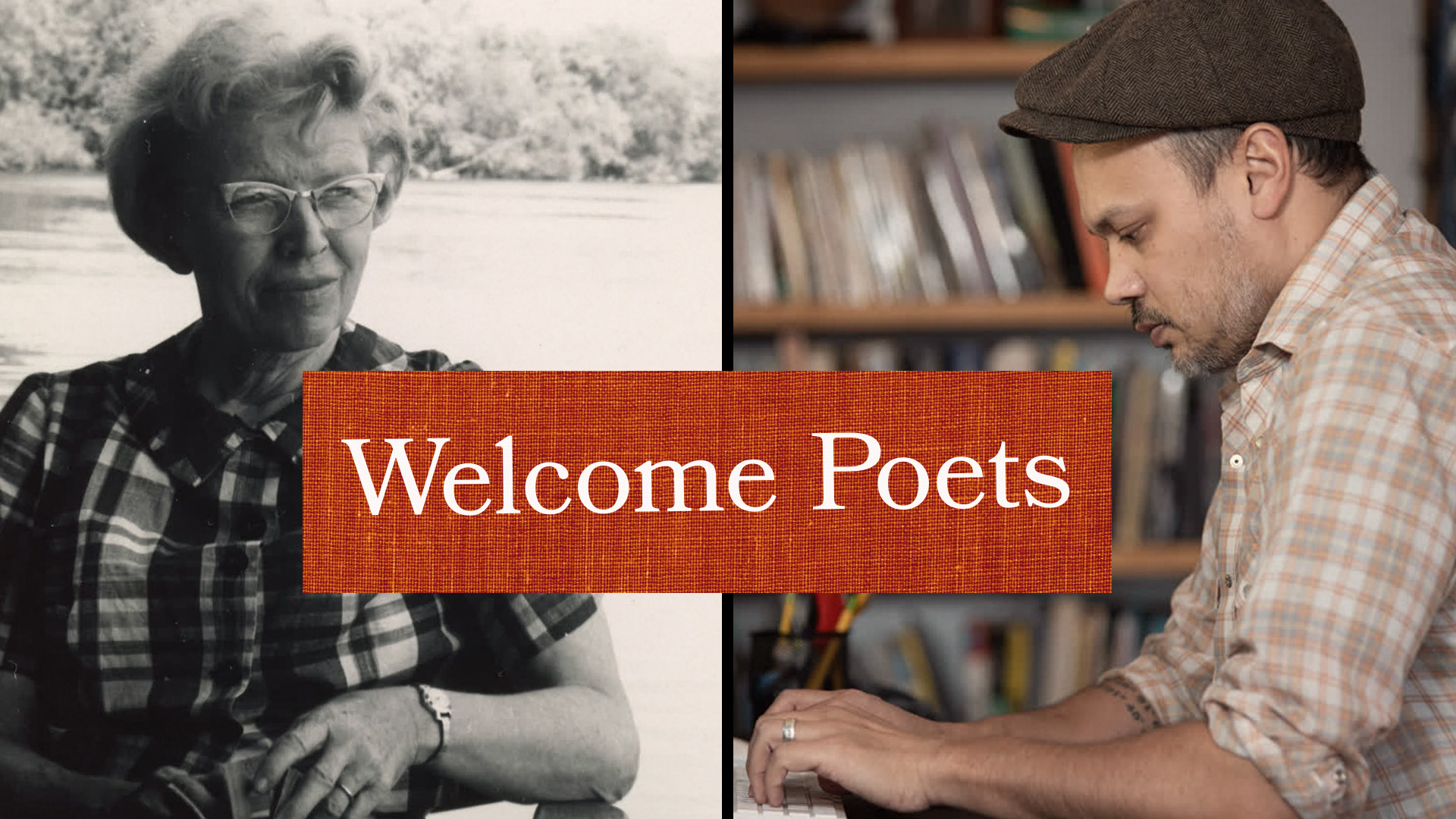
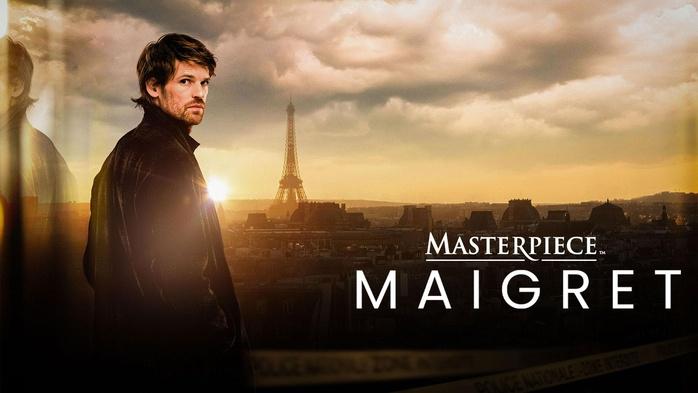

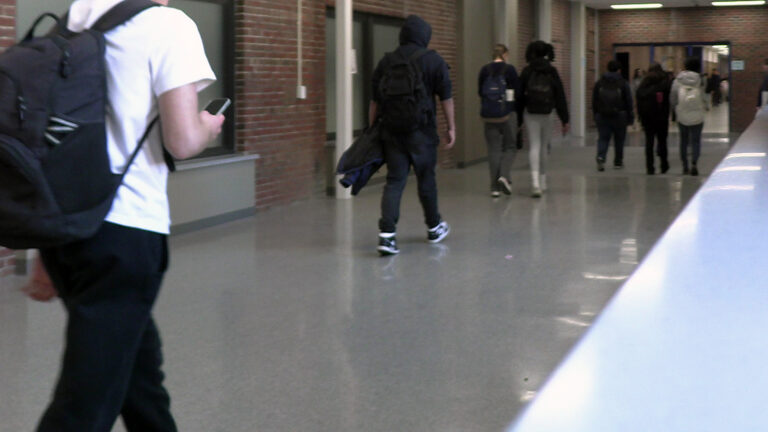
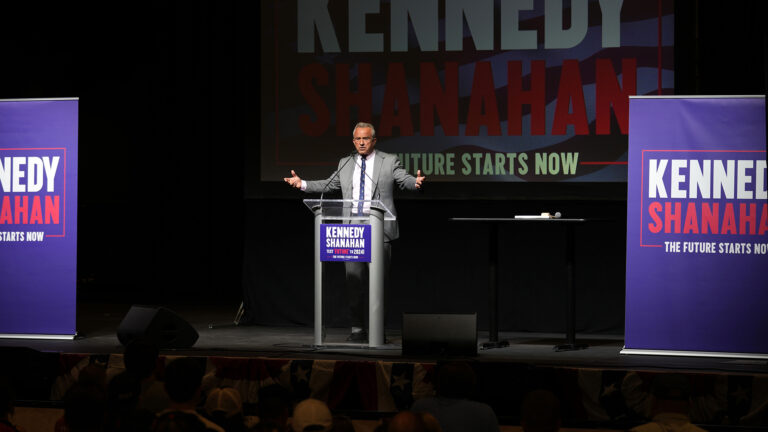
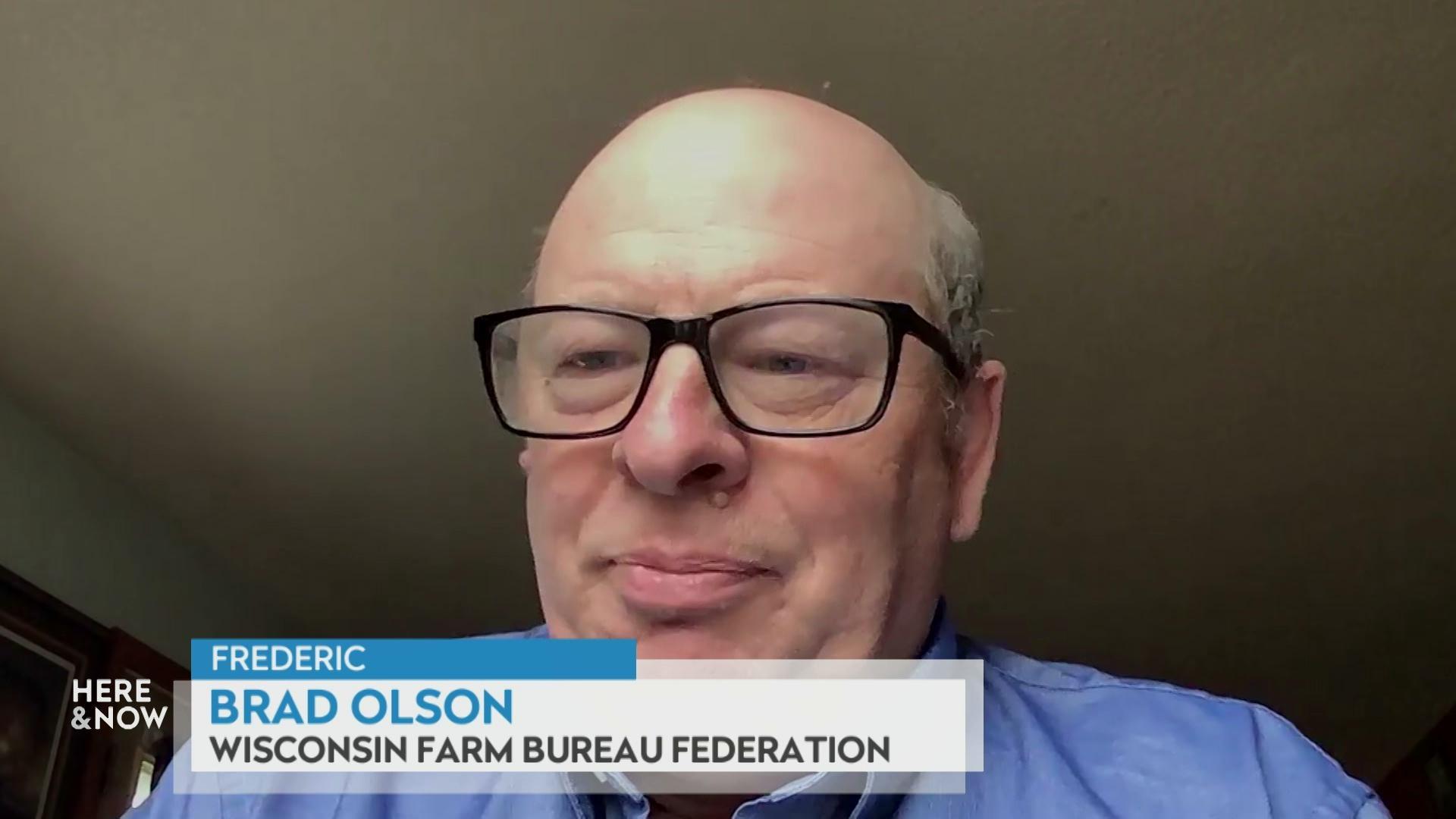
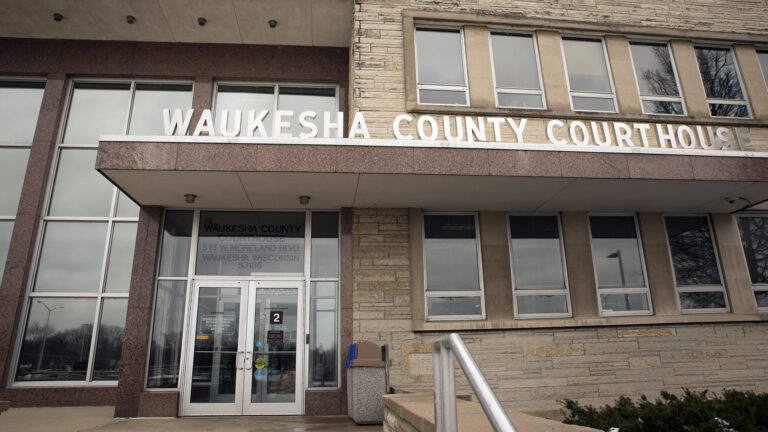
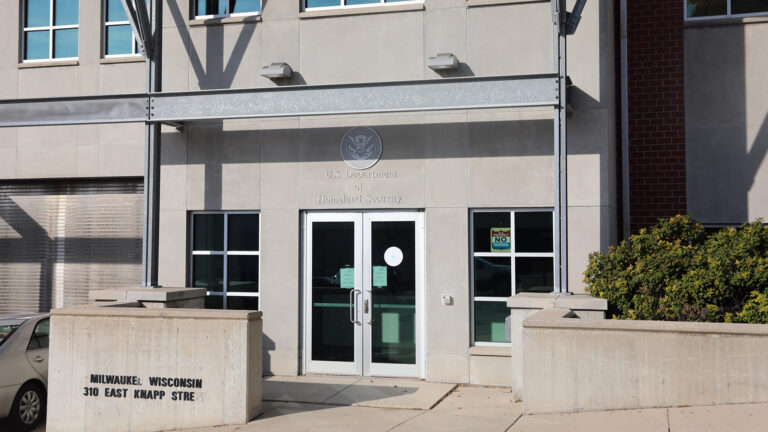


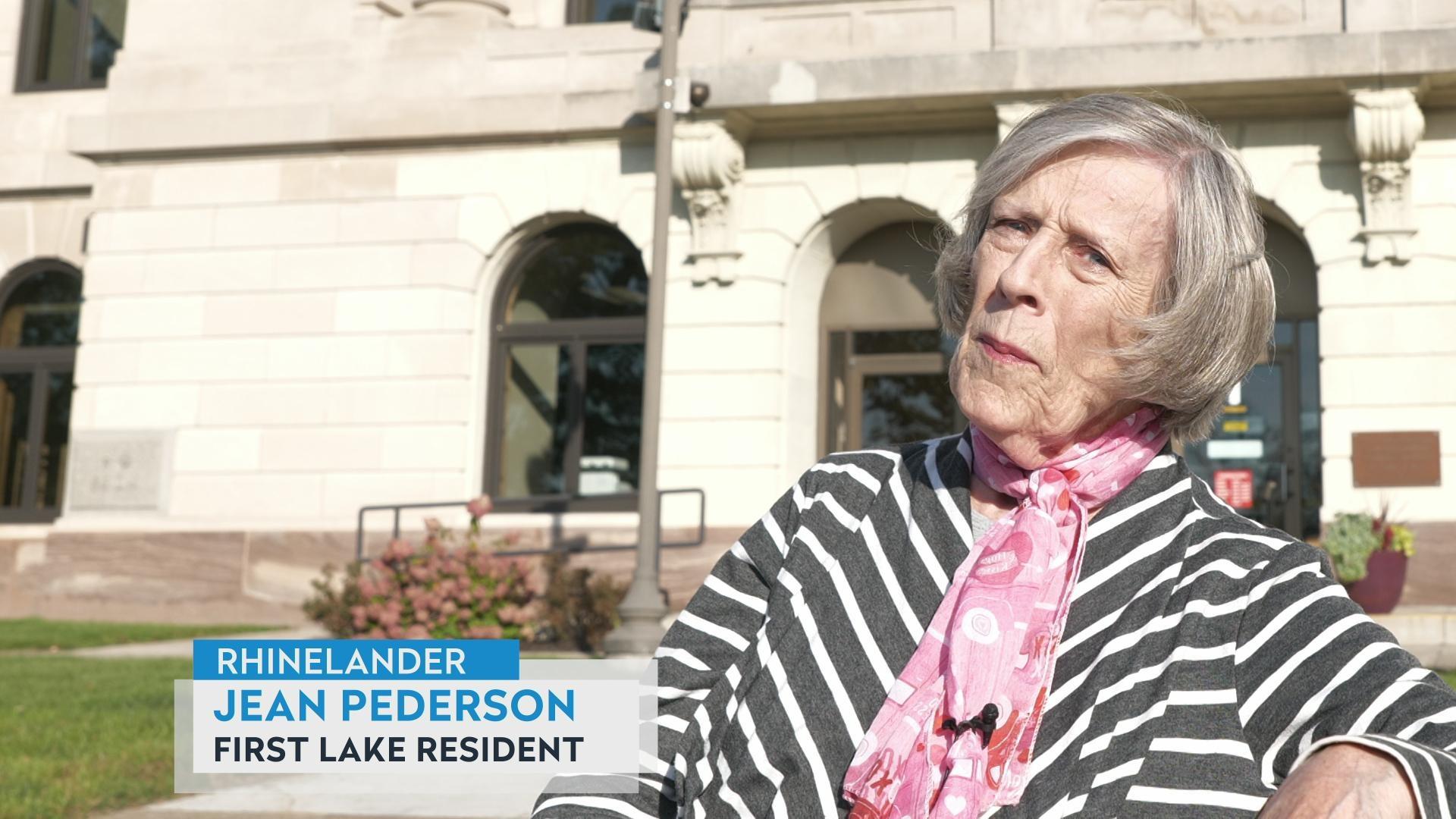

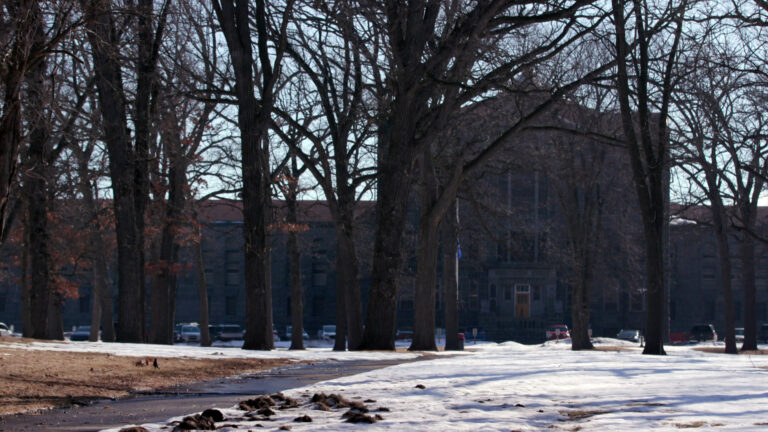
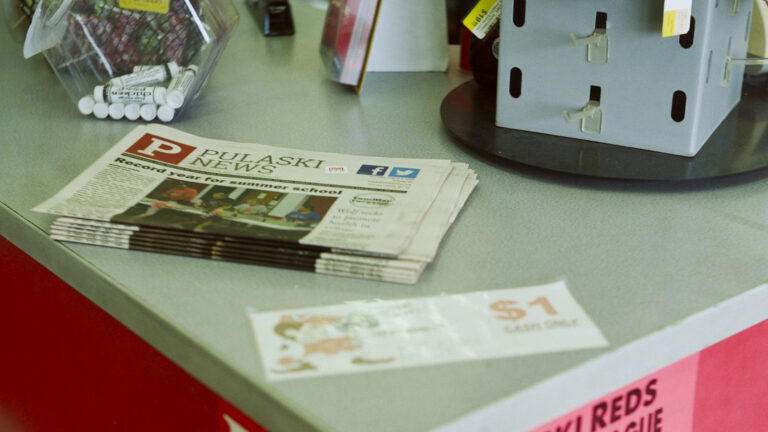
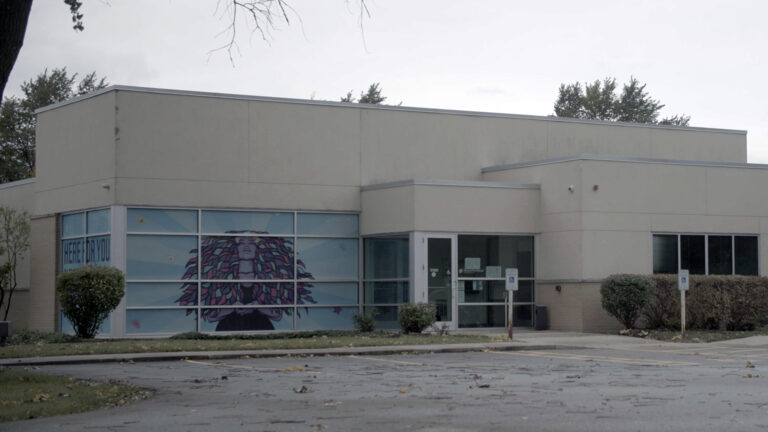

Follow Us